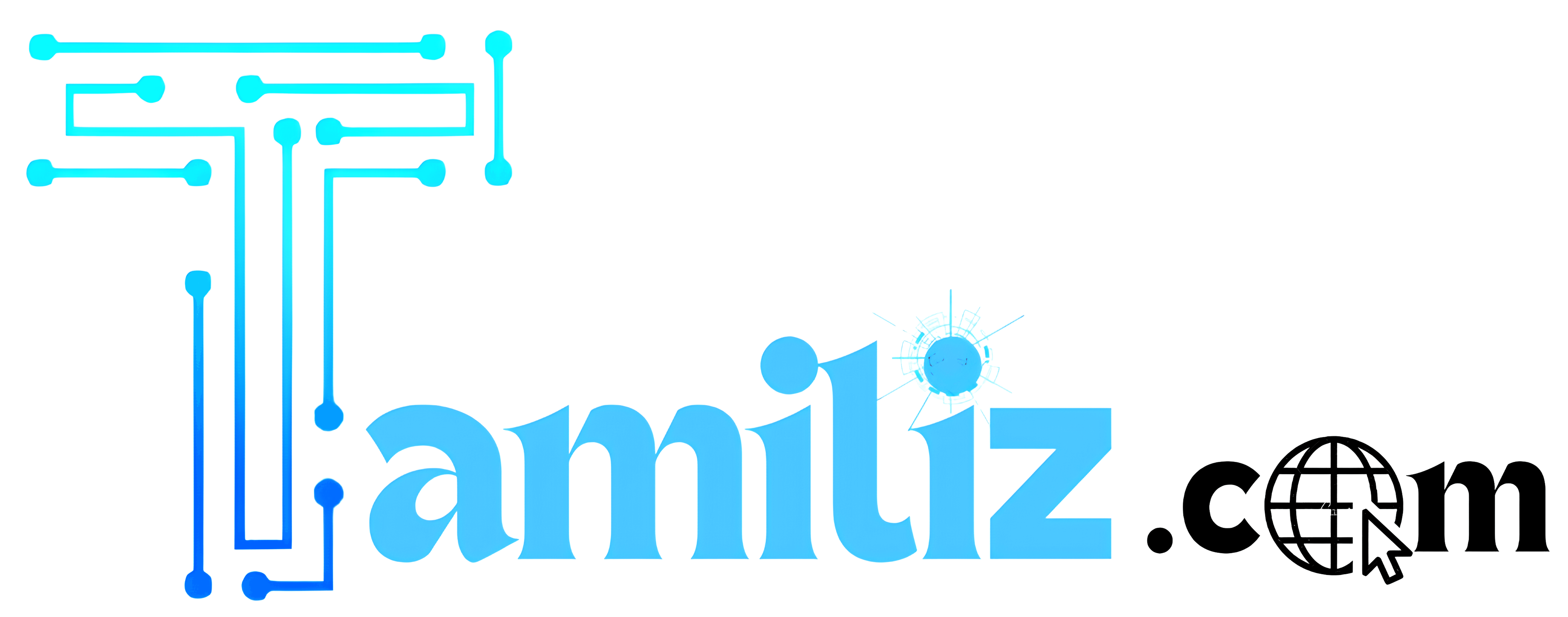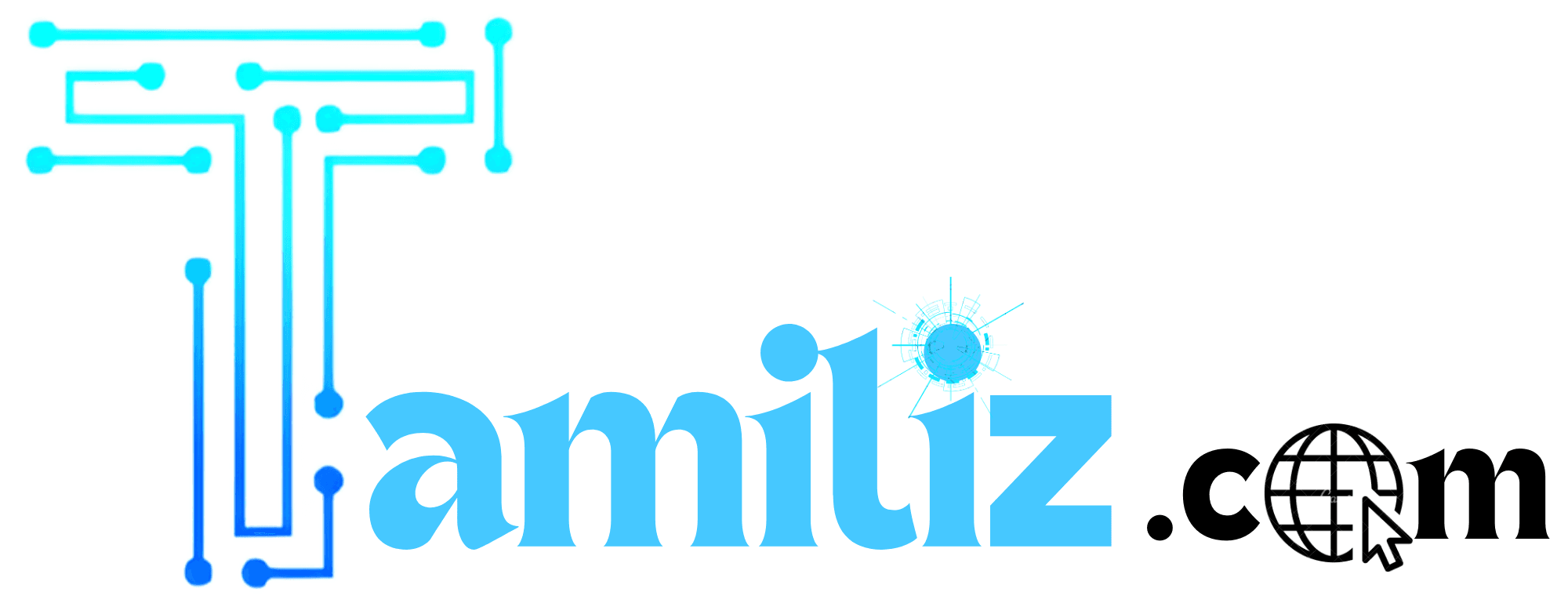Introduction
The geopolitical fault lines between Russia and Europe have deepened dramatically in recent weeks, leading analysts and world leaders to warn that the continent may be on the verge of a large-scale military conflict. What began as a series of border skirmishes, cyberattacks, and escalating rhetoric has now transformed into direct military mobilizations, with both NATO and Russian forces conducting intensive exercises and deploying troops to strategic locations. As of early September 2025, the possibility of Russia going to war with Europe is no longer a distant scenario but a looming reality.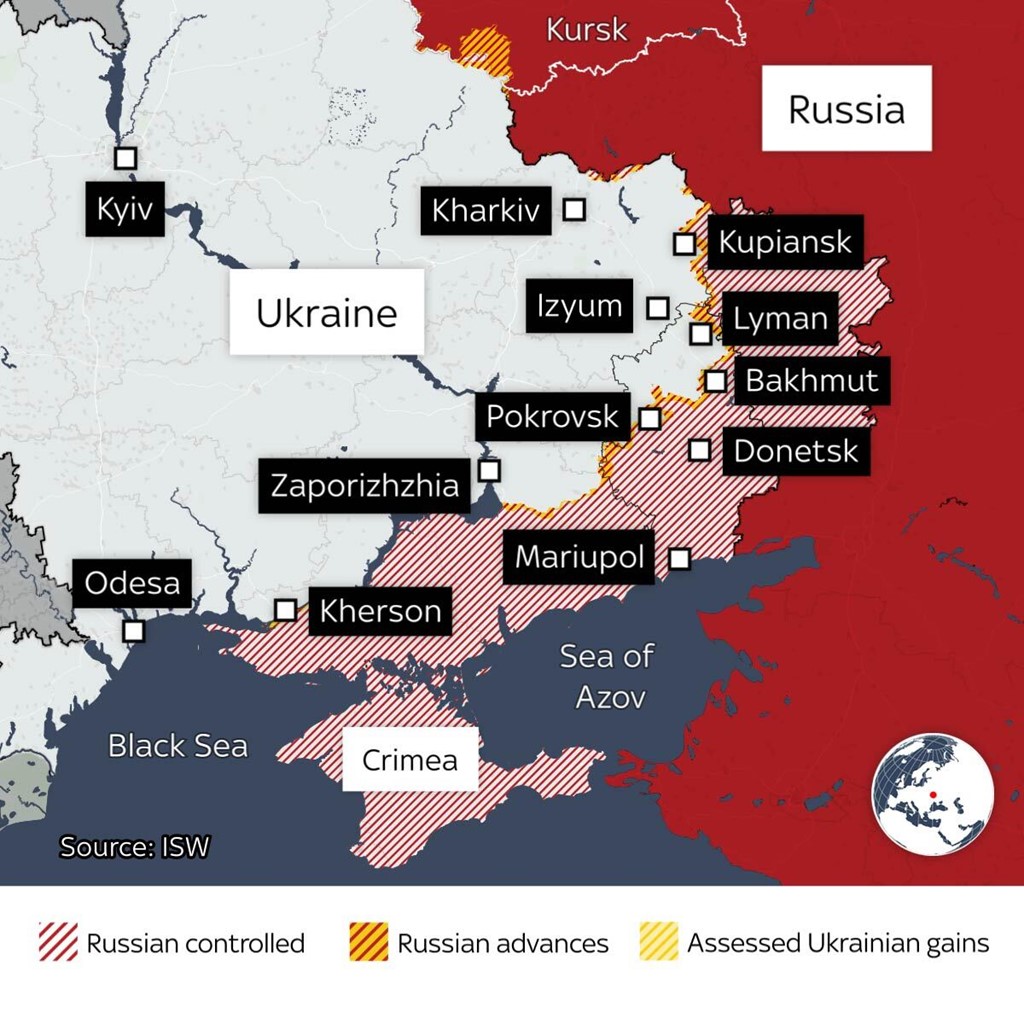
This article examines the latest developments, the underlying causes of the crisis, international reactions, and the potential global consequences if war were to break out between Russia and Europe. It also considers historical parallels, energy politics, economic fallout, and the public sentiment shaping this dangerous moment in history.
Background:
From Ukraine to Continental Crisis
The war in Ukraine, which began in February 2022, set the stage for today’s crisis. Despite years of fighting and international sanctions, Russia maintained its foothold in eastern Ukraine. Attempts at peace negotiations repeatedly stalled, while NATO expanded its support for Ukraine, supplying advanced weaponry, intelligence, and integrating Ukrainian forces into joint exercises.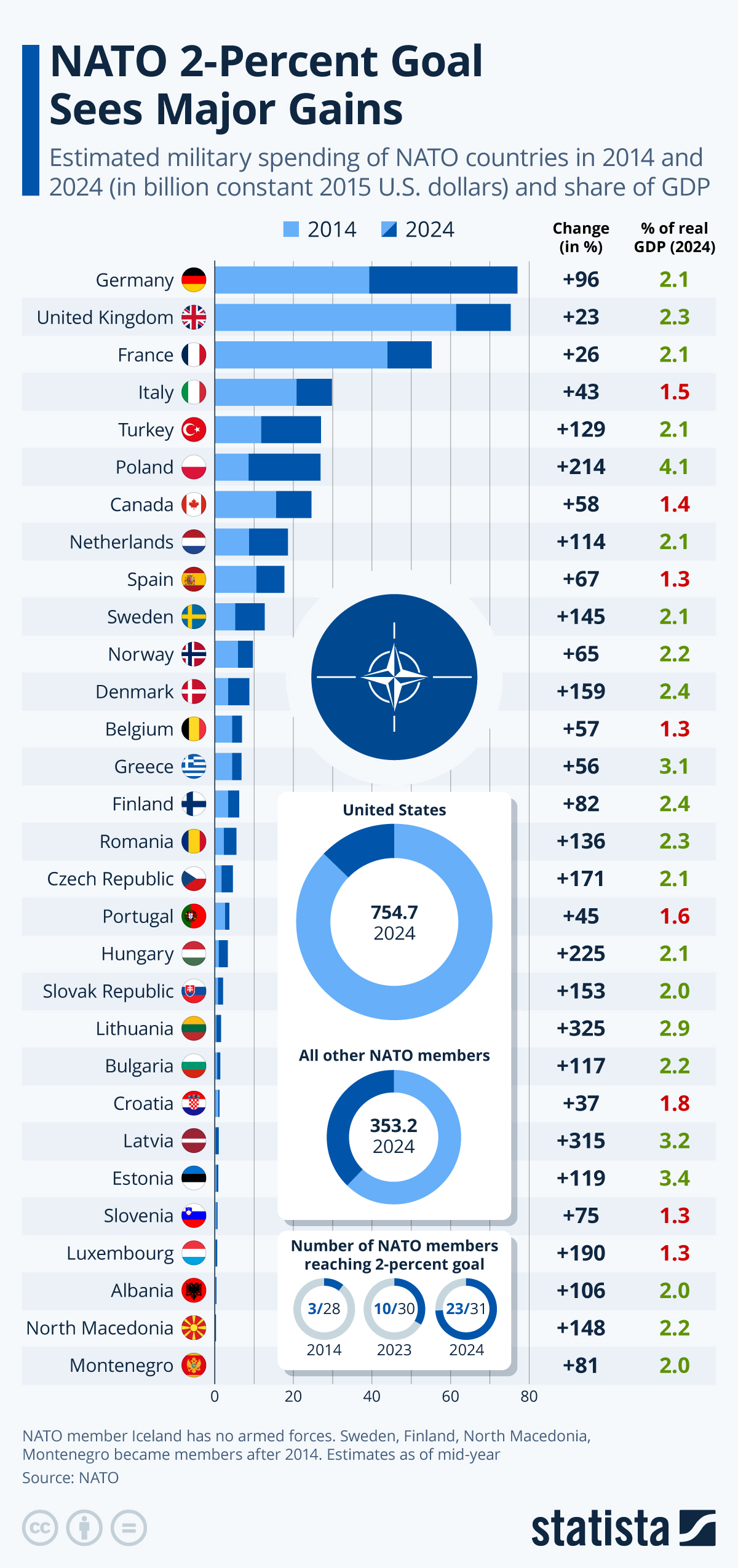
By 2024, tensions escalated further when Finland and Sweden formally joined NATO, expanding the alliance’s direct border with Russia by more than 1,000 kilometers. Moscow interpreted this as a provocation, strengthening its military presence in the Arctic, Kaliningrad, and along its western frontier. In mid-2025, reports emerged of Russian-backed militias staging covert attacks in the Baltic states, which are NATO members. Europe viewed these incidents as hybrid warfare tactics designed to destabilize governments and sow division within the European Union.
Historical parallels have been drawn to the Cold War, when nuclear brinkmanship defined relations between Moscow and Washington. Analysts note that the rhetoric of encirclement, sovereignty, and imperial aggression echoes speeches from the 1960s and 1980s.
Now, in September 2025, Russia has openly accused NATO of preparing for aggression, while NATO insists that its moves are purely defensive. The rhetoric has reached an all-time high, with Russian officials warning of direct confrontation if Europe continues its military buildup. In Moscow, propaganda frames this as a fight for national survival; in Brussels, officials stress that the goal is deterrence, not war.
The Latest Developments
(August–September 2025)
1.Troop Mobilization
- Russia has reportedly deployed 150,000 troops along its western borders, particularly near the Baltic region and Poland. Satellite images show heavy artillery, missile systems, drone squadrons, and armored divisions moving into forward positions.
- NATO has responded by activating its Rapid Reaction Force, with Germany, France, Poland, and the UK deploying tens of thousands of troops to Eastern Europe. American paratroopers have landed in Poland, while British warships patrol the Baltic Sea.
2.Cyber Warfare Escalation
- Multiple European nations, including Germany, Estonia, and France, have suffered massive cyberattacks targeting power grids, transportation systems, financial institutions, and even government communication channels. Western intelligence agencies accuse Russia of orchestrating these attacks using state-backed hacker groups.
- Russia denies the allegations, claiming that Europe itself is conducting information warfare, spreading false narratives, and attempting to discredit Moscow internationally.
3.Energy Weaponization
- Russia has cut natural gas supplies to several European nations, citing “technical issues.” Analysts believe this is a deliberate move to pressure Europe ahead of winter, echoing earlier energy crises during the Ukraine war.
- In response, the European Union has accelerated its push for energy independence, signing emergency LNG contracts with the U.S., Qatar, and Norway, and investing heavily in renewable energy projects.
4.Diplomatic Breakdown
- Recent peace talks in Geneva collapsed after Russian negotiators walked out, accusing NATO of ignoring Moscow’s security demands, which include a withdrawal of NATO troops from Eastern Europe and a ban on further expansion.
- European leaders now admit that the window for diplomacy is “closing rapidly,” while U.S. officials warn that Russia has “weaponized diplomacy” by using talks as a stalling tactic.
5.Military Clashes
- On September 1, 2025, reports emerged of border skirmishes between Russian and Polish forces near Kaliningrad. Both sides accuse each other of provocation, with casualties reported, including at least 12 Polish soldiers and dozens of Russian troops.
- NATO has warned that any attack on Poland or the Baltic states will trigger Article 5, the alliance’s collective defense clause, which could rapidly escalate the conflict to a pan-European war.
Europe’s Response
Europe has entered a state of high alert. Several countries have declared partial mobilization, recalling reservists, reinforcing borders, and initiating civil defense drills. Poland, Lithuania, Latvia, and Estonia, most at risk due to their geographic proximity to Russia, are urging NATO to deploy additional missile defense systems, fighter jets, and anti-drone technologies.
The European Union has also imposed a new round of sanctions targeting Russian banks, defense companies, and energy exports. However, questions remain about Europe’s ability to sustain a long-term conflict, given its reliance on imports, internal political divisions, and fragile economies still recovering from the COVID-19 pandemic and the Ukraine war.
Germany, traditionally cautious in military matters, has announced a historic increase in defense spending, pledging to reach 3% of GDP by 2026. France has pledged to send more troops to NATO’s eastern flank, while the UK has warned of “the gravest security threat to Europe since World War II.” In Brussels, discussions have begun about forming a permanent EU Defense Union, separate from NATO, to unify Europe’s military response.
Russia’s Stance
Russia insists that it is acting defensively, portraying NATO’s expansion and Europe’s military buildup as existential threats. In a fiery speech last week, Russian President Vladimir Putin declared that Moscow “will not allow the West to strangle Russia with military encirclement.”
The Kremlin has also rallied domestic support, with state-controlled media framing the crisis as a battle for Russia’s survival against “Western imperialism.” Large-scale military parades, propaganda campaigns, and youth mobilization programs are being used to prepare the Russian public for potential war. Polls conducted by Russian state media claim that 78% of citizens support the government’s military stance, though independent observers question these numbers.
Moscow has also sought to strengthen ties with non-Western powers, deepening military and trade relations with China, Iran, and North Korea, in an effort to counterbalance Western sanctions and isolation.
The Role of NATO and the United States
The United States has taken a leading role in coordinating NATO’s response. President Joe Biden’s administration has pledged unwavering support for Europe, sending additional troops, aircraft, naval forces, and advanced missile defense systems to the continent. Washington has also warned Moscow that any direct attack on NATO territory would result in a “devastating response.”
NATO Secretary-General Jens Stoltenberg has reiterated that the alliance does not seek war but is “fully prepared to defend every inch of NATO territory.” Still, analysts warn that the sheer scale of mobilizations increases the risk of accidental clashes, miscommunication, or escalation spirals.
Behind the scenes, NATO is conducting war-gaming scenarios simulating Article 5 activation, cyber defense operations, and even limited nuclear engagement. These exercises underline the seriousness with which the alliance views the current crisis.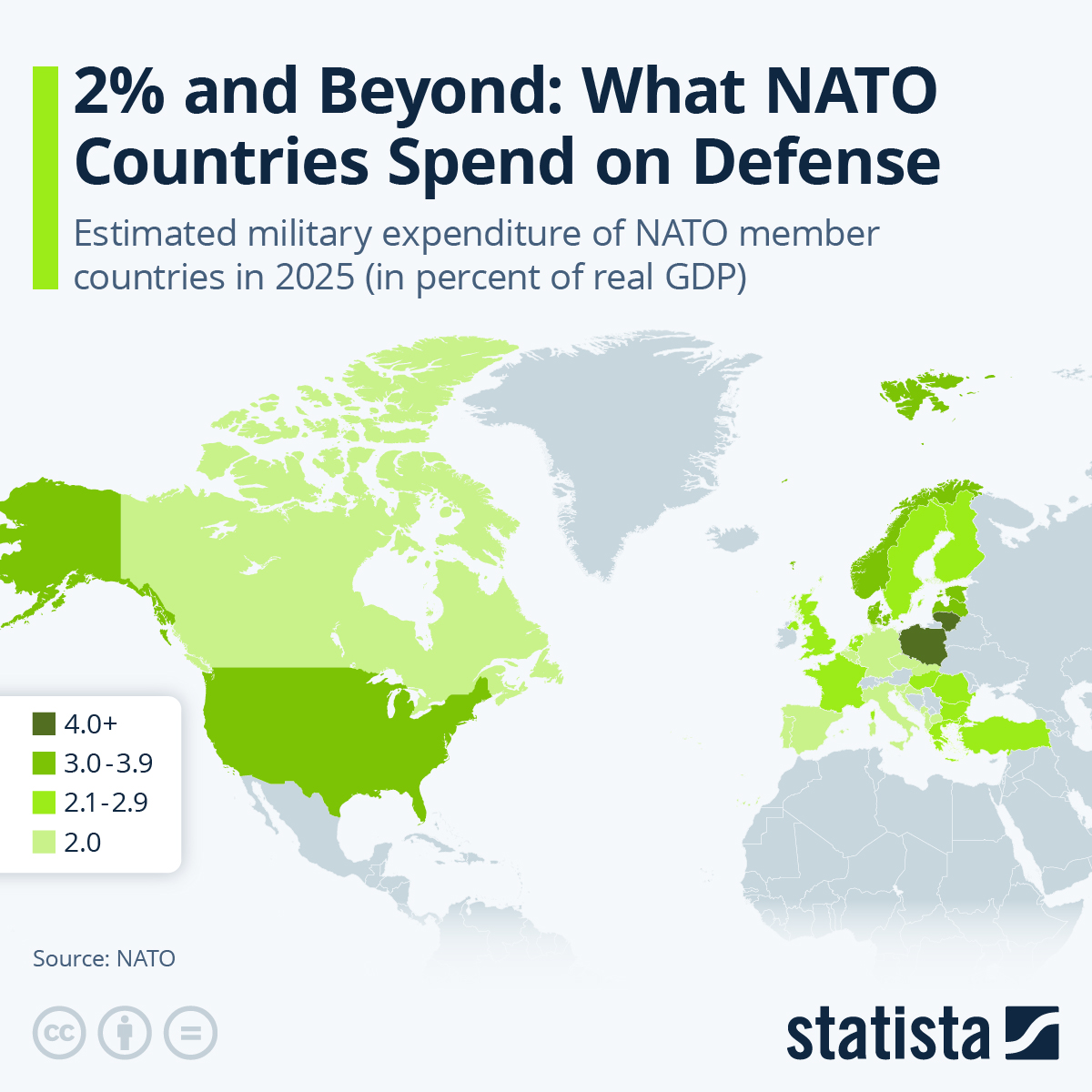
Global Reactions
The crisis has sparked concern worldwide:
- China has urged both sides to exercise restraint but has subtly sided with Russia, criticizing NATO’s expansion and signing new energy agreements with Moscow.
- India has called for renewed peace talks, warning that global instability will harm the world economy, particularly in oil markets.
- United Nations officials have described the situation as “the most dangerous confrontation since the Cuban Missile Crisis,” urging immediate de-escalation talks.
- Middle Eastern nations, including Saudi Arabia and Iran, are divided, with some aligning with Moscow for energy and trade advantages, while others remain neutral.
- Global financial markets have already felt the shock, with energy prices soaring, stock markets plunging, and currencies weakening against the U.S. dollar.
The Risk of Nuclear Escalation
Perhaps the most alarming factor is Russia’s repeated references to its nuclear arsenal. Russian officials have warned that if NATO attempts to defeat Russia militarily, Moscow could resort to nuclear strikes. In response, NATO has conducted nuclear readiness exercises, though it insists these are precautionary.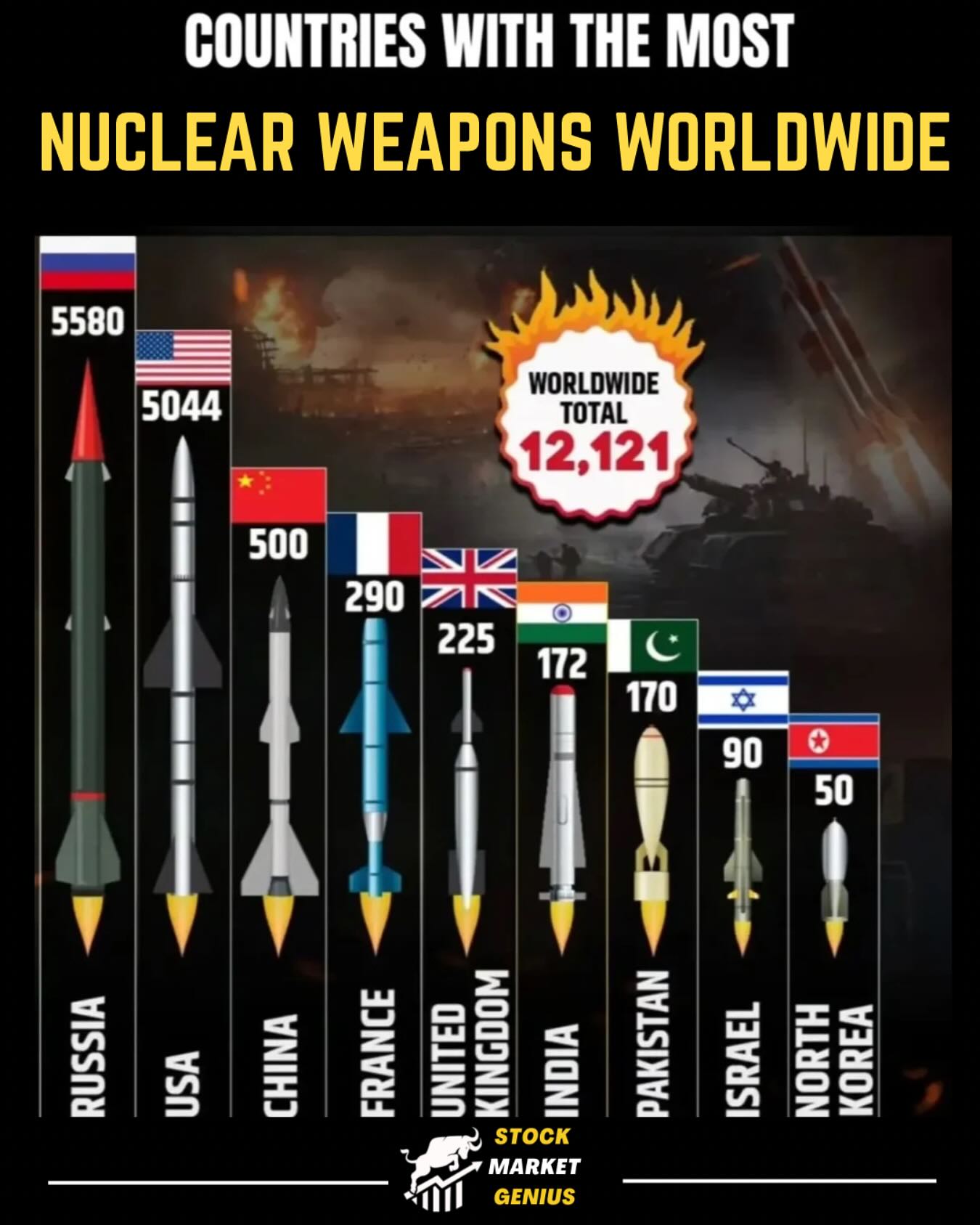
Experts fear that miscalculations, technical accidents, or aggressive posturing could lead to catastrophic consequences. A full-scale war between Russia and Europe, especially involving nuclear weapons, would have devastating implications for the entire world. Some analysts warn that the current climate mirrors the brinkmanship of the 1962 Cuban Missile Crisis, though with more players and less reliable communication channels.
Humanitarian Concerns
Aid agencies are already bracing for the possibility of a mass refugee crisis. Eastern European nations are preparing emergency shelters, fearing millions could be displaced if conflict breaks out. The United Nations High Commissioner for Refugees (UNHCR) has warned that Europe could face “an unprecedented humanitarian emergency.”
Meanwhile, humanitarian corridors in Ukraine remain under constant threat, with civilians caught in the crossfire of escalating battles. Hospitals in Poland, Lithuania, and Romania have begun stockpiling medical supplies, anticipating mass casualties.
Non-governmental organizations are warning of food insecurity, energy shortages, and a winter crisis if the conflict spreads, potentially pushing millions into poverty.
Public Opinion in Europe
Public sentiment across Europe is increasingly anxious. In Germany, protests have erupted both for and against deeper involvement in the crisis. In France, political parties are divide
What Happens Next?
As of September 3, 2025, the situation remains fluid but extremely dangerous. Diplomats continue to push for last-minute negotiations, but both sides appear entrenched in their positions. With Russian troops massed near NATO borders and European forces mobilizing in response, even a small incident could trigger a chain reaction.
Experts outline three possible scenarios:
1.De-escalation through diplomacy – A slim chance remains that talks could resume, possibly mediated by neutral countries such as Turkey or Switzerland.
2.Limited regional conflict – Border clashes escalate into localized warfare, primarily in the Baltics or Poland, but stop short of full NATO involvement.
3.Full-scale war – A direct NATO-Russia confrontation engulfs Europe, with catastrophic global consequences.
Conclusion
The prospect of Russia going to war with Europe is no longer unthinkable. The latest developments—military mobilizations, cyber warfare, energy blackmail, and border clashes—have brought the continent closer to conflict than at any time in recent history. While diplomacy offers a narrow path to peace, the current trajectory points toward escalation.
The world now watches anxiously, hoping that leaders in Moscow, Brussels, and Washington can step back from the brink. For Europe, Russia, and indeed the entire world, the coming weeks will be decisive in determining whether the continent plunges into a new era of war—or finds a way back to fragile peace.
War may bring power to leaders, but peace brings life to people. The world needs peace now more than ever.
(Click notification ![]() for more updates)
for more updates)
By: V.Harishram
”Stay true, bring facts to you”
